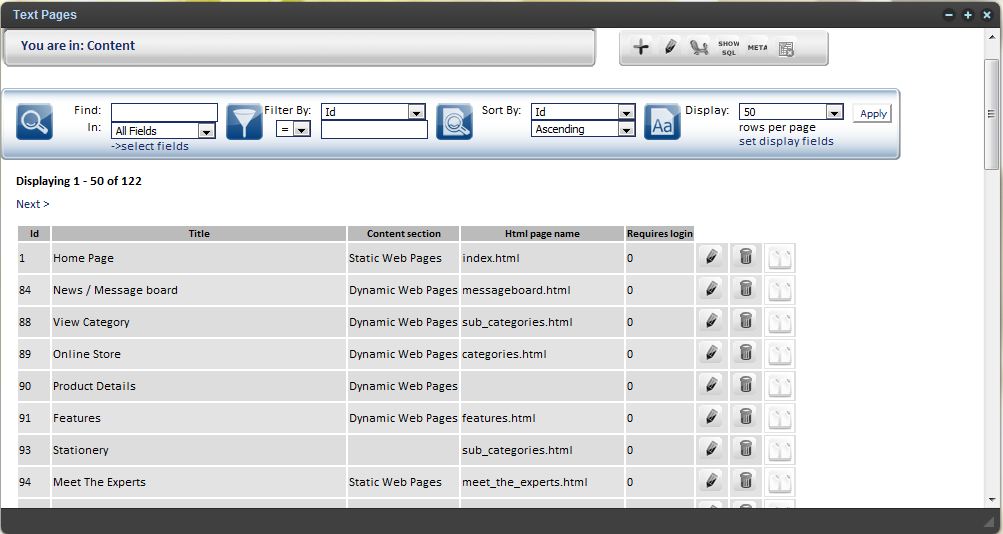Fig 3.1 - the admin menu and database icon in the desktop version of the administrator.
3. Overview of the Administrator (A basic introduction)
Once you have logged in, the home page will list the sections available for you to edit, and this list is normally mirrored in the main menu at the top of the administrator screens under the 'Admin' menu item. (See fig 3.1 to your right - the admin header is second on the menu in this example).In the 'desktop' version of the software you can open the admin home page by clicking on the 'database' icon (normally top-left on the desktop and under the admin menu - again see figure 3.1), whilst in the basic version the admin home page will display automatically when you log in.
Not all users will always see the same sections, as editable sections may be dependent on the individual users permissions, or on permissions applied to the user type itself.
More complex web applications may have a number of different menus which pop up when the database icon is clicked (desktop version) or on the home page itself (basic version).
Editable Sections - data and files


A brief introduction to each is covered below.
Data
Most sections in the admin will fall into the data category, which includes basic content pages and any further sections which make up your web site (which may include news listings, blogs, articles, products in a shopping cart or other custom data). Templates, web site menus and the content of emails your site sends out may be editable by administrators as well.
Data is organised into sections, each of which are normally based around one or more database tables (eg. page content is based on a table called 'content', products on a table called 'products' etc). These main sections can be found as buttons on the admin home pag (fig 3.2). This list is normally mirorred on the main administrator menu (fig 3.1) by selecting the 'Admin' option.
Most sections follow the same format - the opening page will be a list of the first few rows of data that section contains - normally ordered alphabetically by a field such as a name or title. Above this listing is the 'options bar' shown in fig 3.3 which allows you to search, filter and sort the data in this section.
By each row of data in the table are individual edit and delete buttons for altering or removing that record. Deleting will remove that record entirely. Selecting the edit button will open that particular record up in a screen where different fields can be edited. Figure 3.4 shows an example of an editing page. Different sections of the record can be found under the different tabs shown at the top (if your data is complex enough to warrant different tabs), and different fields will be found under each tab, or all on the same screen for more simple records.
Files
'Files' refers to standalone items as opposed to databased content - these include images and any other file types you may link to or provide for download, which may include PDFs, Word documents, audio or video files. The only editing you can do in these sections is upload, delete, move and rename files which you have uploaded.
In addition, files and Images are stored separately, each in their own folders, and each is accessed through a different button or menu item. The file listing and editing editing interfaces for each work in the same way as the file manager/explorer on a PC or Mac computer. Images are normally in a folder called images, and then in sub folders of this main folder. Images for different sections may be in logically named sub folders allowing images to be found more easily - for example images for a news items section may be found im images/news.
Similarly, files will all be accessed from one place - normally in a section called Files or Downloads, and again there may be sub folders covering different sections.
Files and data are of course linked - when editing data it is posible to embed images and link to files. All of this is covered in more detail the following sections.
Further Support
For
further help and support, please contact Paragon Digital on 0775 646 0555.